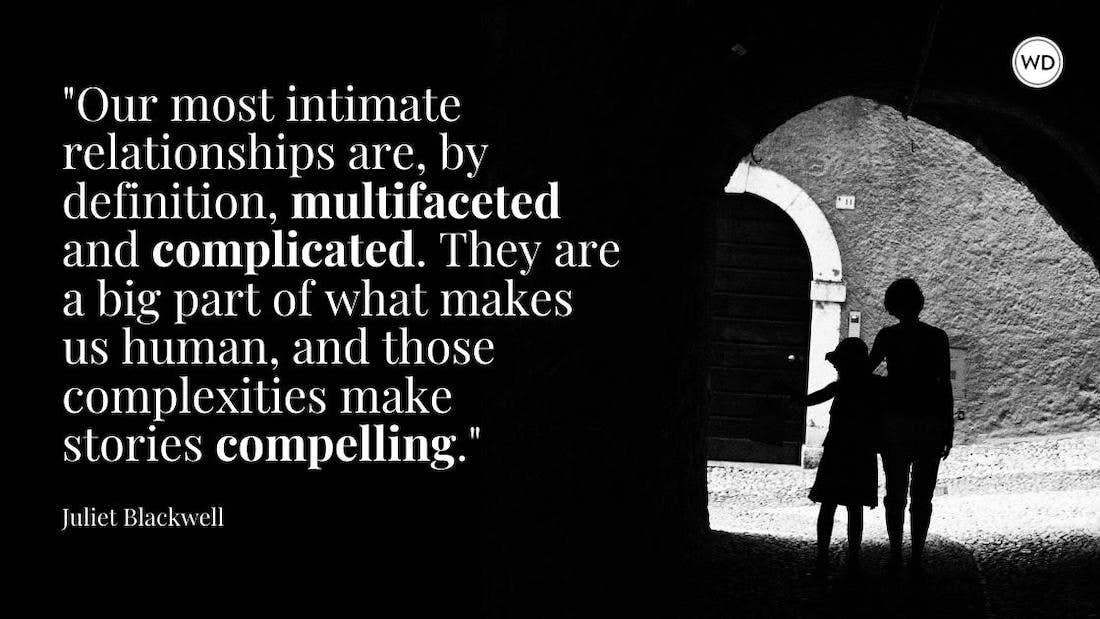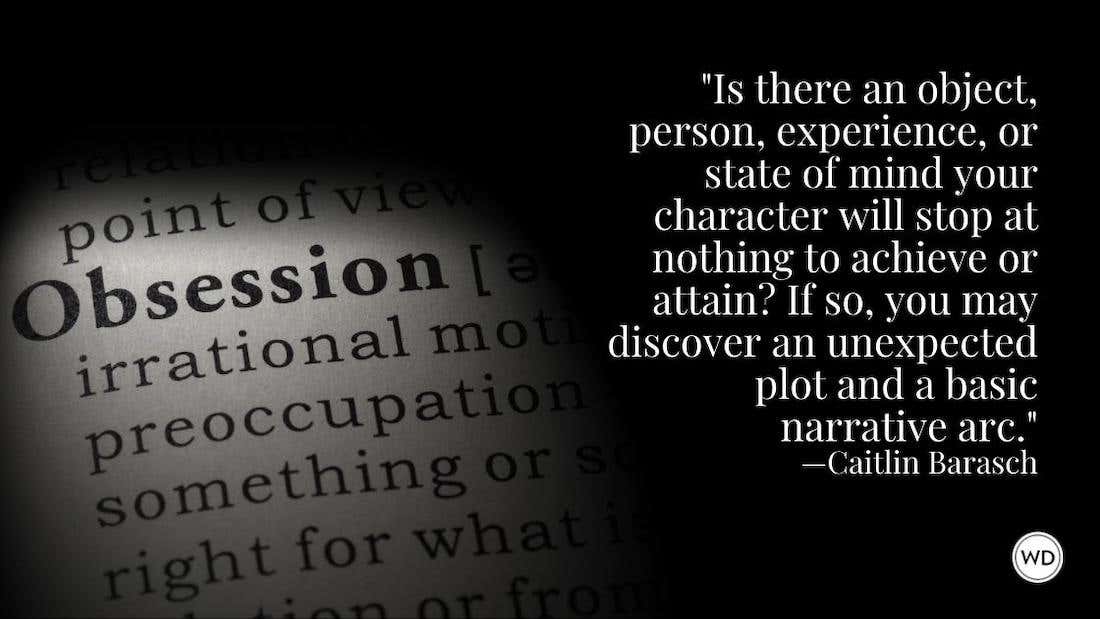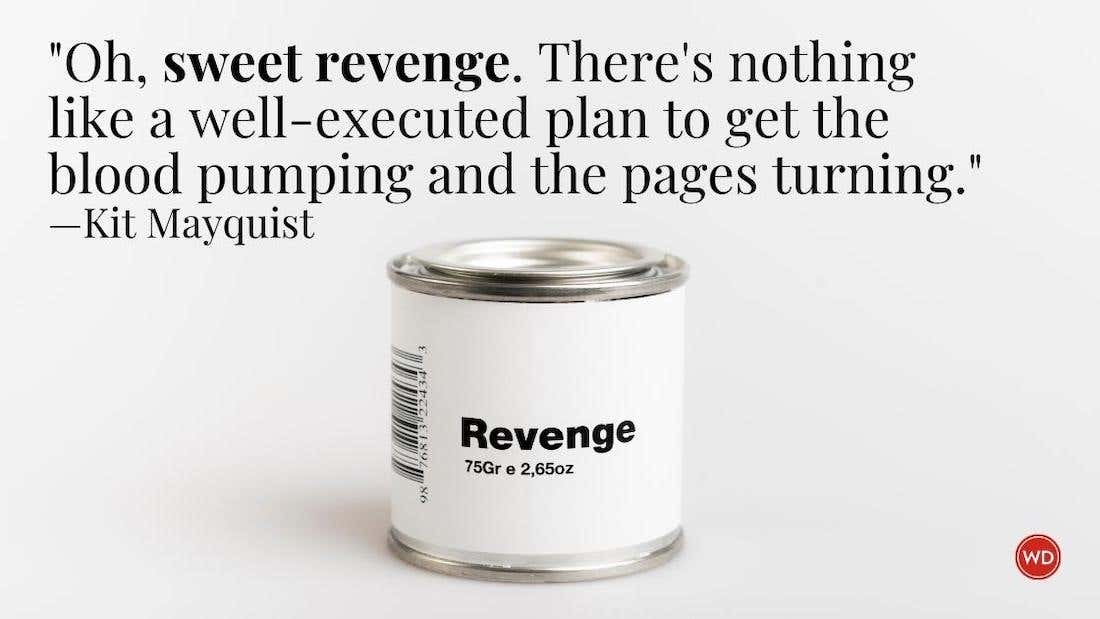Picking a Fighting Style for Your Character (FightWrite™)
Trained fighter and author Carla Hoch discusses the importance of picking the right fighting style for your character and shares her method on how to determine what that fighting style should be.
Last month with FightWrite™ on the WD blog, we looked at how untrained characters may fight. In this post, we will look at trained characters. How they do battle depends on the fighting style that you the writer assign them. Which fighting should you assign them? I’m glad you asked!
One of the first things I often ask writers when helping them with a fight scene is why they chose that particular fighting style for their character. It is not uncommon for them to pause, give it a think, shrug, and smile. I immediately know that their character has the fighting style they do because, “it is cool.” And, I get that. I do not blame any writer for wanting to write a fighting style that just seems bad a$$. After all, when we write, we are our characters and I don’t know about you, but I’d love to be a medieval Crusader adept in Krav Maga, a Victorian lady judoka, or an anybody wielding two swords. The problem is, there’s a problem with each of those. By the end of this post, you’ll know what it is.
DETERMINING THE FIGHTING STYLE
When deciding on a fighting style for your character, you need go no further than your manuscript. As soon as you determine the setting of your work, the fighting style will emerge. It will spring from the when, where, and who of your story.
WHEN
The era of your work is the first thing you should considering when picking a fighting style for your character. Time period determines if a fighting style exists, the clothes your characters wear, and the society in which they live.
So, let’s look at your Crusader knight and Krav Maga. The Krav Maga style wasn’t so named until the 1930s. So, even if your medieval knight knows many of the techniques, he will not categorize them under the name Krav Maga. But let’s say the knight simply does the KM techniques without ever using the term Krav Maga. There’s a still a problem. And, it’s the same reason judo wouldn’t work for the Victorian lady: clothing.
If a knight is in full armor, he will lack the mobility to do many striking techniques with any efficacy. And, even if the armor allowed the mobility, his armored opponent might not be phased by a punch, knee, or kick. Clothing also prohibits the Victorian lady using judo. Y’all, those poor gals could barely breathe in those corsets. They regularly passed out from simply existing. Any fighting style that required taking many breaths was kind of out of the question. That is why Victorian ladies disguised daggers as hat pins. A dagger requires little mobility. It also keeps the wielder bruise-free.
But let say the Victorian lady doesn’t wear a corset and she is nimble as a deer. Judo still wouldn’t be appropriate because of societal convention. It would have been inappropriate for her to learn any fighting style or for anyone to teach her. And even if someone would teach her and she could practice in secret, it still wouldn’t have worked. Judo would leave marks on her. Executing the throws wouldn’t be an issue, it’s the practicing that tears you up. I know this from experience. My body was bruised and sore, and I sometimes had to soak my hands in Epsom salt in order to straighten my fingers. Victorian ladies were expected to look as if they simply stood still in a dark corner 24/7. Bruises and any manner of injury was not acceptable.
IndieBound | Bookshop | Amazon
[WD uses affiliate links.]
WHERE
The location of your setting will impact the fighting style as well as it determines culture, terrain, and weather. Move that Victorian lady to Japan and she may have been a female samurai, fight training daily. The culture allowed for it.
Location also determines terrain and weather. Mountainous terrain isn’t good for ground fighting. The sharp rocks would damage the fighter’s body. Icey environments aren’t great for striking. The ice doesn’t allow one to have secure footing which is essential to punching, kicking, and kneeing. Cold conditions also cause the skin to split easier and can alter the function of certain weaponry and vehicles of war. Extreme humidity can warp wooden gun stocks. Windy environments impact aim.
When you are trying to decide which fighting style fits the location of your work, look at the fighting styles that exist or existed in those environments. For example, if your setting is hot and humid, look at places in the world that are hot and humid and what styles were used there historically before guns came on the scene.
You can also take cues from literary fight scene masters. Writing a Western? Look at Louis L’Amour. Sci Fi? Look at Orson Scott-Card. Fantasy? Go no further than Tolkien. Adult contemporary slugfest? Chuck Palahniuk is your man. Dystopian fights to the death? Suzanne Collins. Copy their fight scene style and it will ignite your own creativity.
WHO
Lastly, consider the build and lifestyle of your character. NOT gender. Fighters base their strategy on their body type and natural ability. Women tend to be less strong than men so they might employ strategies that negate strength. A smaller man will do exactly the same.
Tall characters may use their reach. Muscled characters may use strength. Smaller characters may use their speed. Look at your character’s build and consider how it could be used to their favor. This also applies to weaponry. A large character may use a heavier weapon. A smaller one will use one that is lighter and has great reach.
You also must consider your character’s job. What must they spare to earn a living? Your surgeon character will not be a boxer. Your dancer will not do taekwondo. Your actor character wont’ do anything that would risk their looks. And none of them will use a two-sword style because it would not likely suit their day-to-day life. When on earth would a surgeon, dancer, or actor use two swords to defend themselves? At the gas station?
I mentioned the two-sword style in the beginning because it is probably one of the most common out-of-place styles I see when mentoring. A two-sword style existed in many cultures with edged weaponry. But, it’s not one we see used extensively throughout history. Two swords were expensive, they were hard to walk around with, and they negated the use of a shield or buckler. When we did see a two-sword style, it was not generally two swords of equal size but rather a larger and smaller sword. It is not like single sword style with two hands. It is very different. You need to know how it is different. I often discourage the use of the two-sword style because writers aren’t generally familiar enough with the style to write it correctly. And when you don’t know something well, there is a tendency to write too much to convince the reader you know what you actually don’t.
I go over this more extensively in my book, and I will be teaching a class on picking a fighting style for your character at the upcoming Writer’s Digest conference in July and will soon have a class on it in Writer’s Digest University. It’s that important. Using what you already have in your manuscript is the best place to start when picking a fighting style. And if you’ve taken a class, read my book and blog and still feel stuck, feel free to reach to me any time through FightWrite.net.
Until the next round with FightWrite™ on the WD blog, get blood on your pages.
Carla Hoch is the award-winning blogger of FightWrite® and author of the Writer’s Digest book Fight Write: How to Write Believable Fight Scenes. She is a WDU instructor who regularly teaches on the craft of writing fight scenes, action, and violence as well as the mechanics of fighting for writers. Carla is a world champion jiujitsu player and has experience in almost a dozen fighting styles. She lives and trains outside Houston, Texas.









